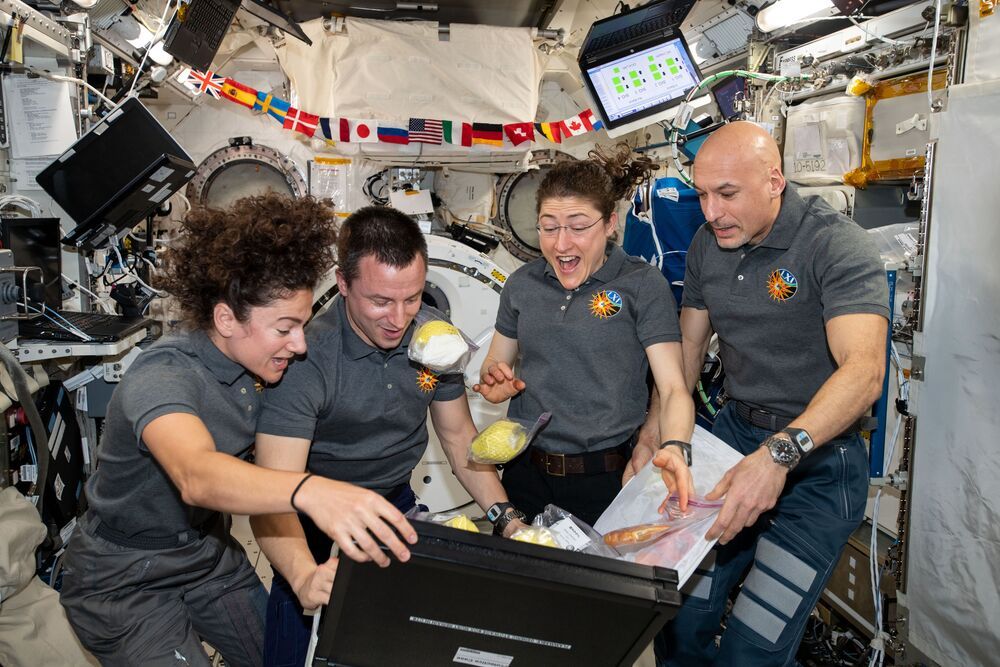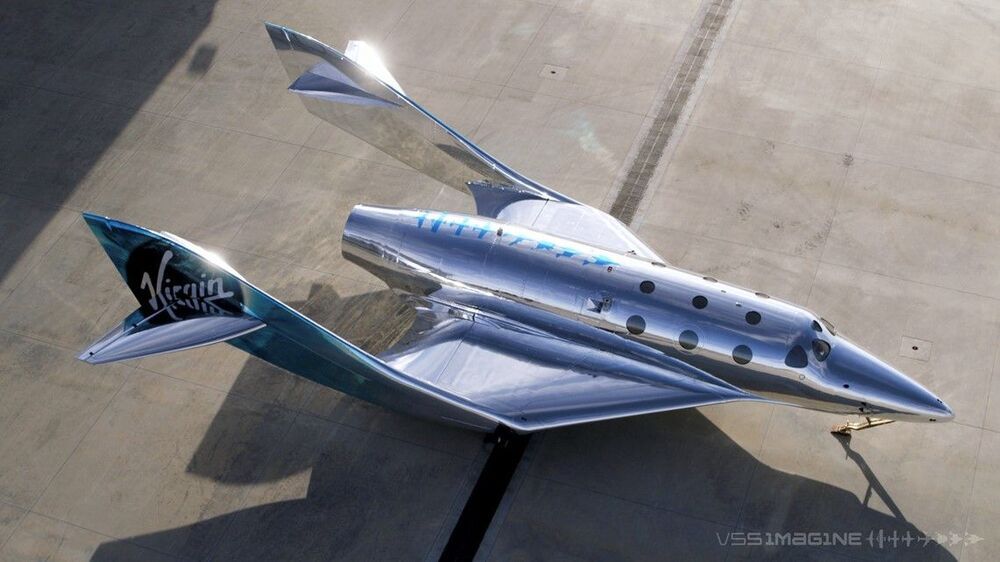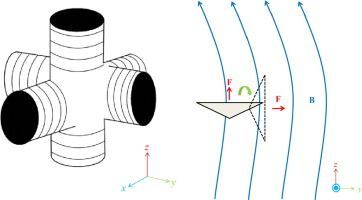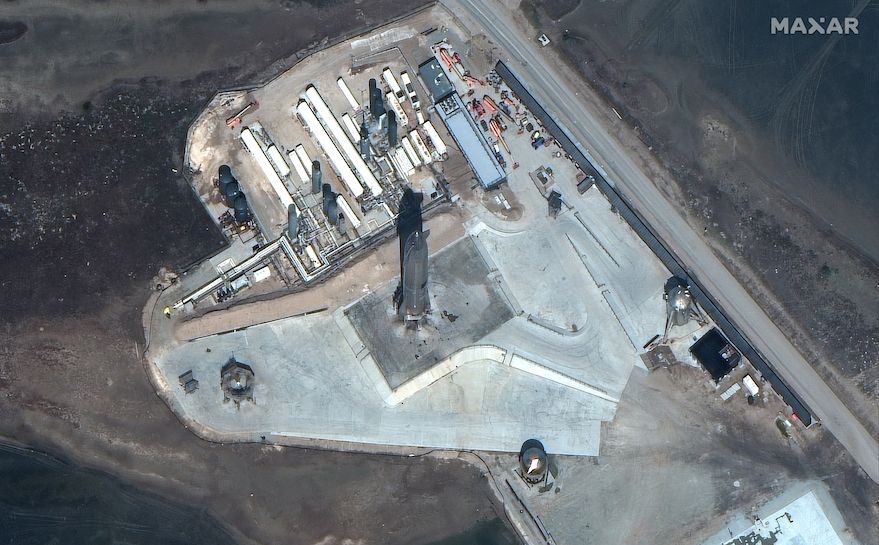NASA is working to make sure that future astronauts headed to the Moon and Mars have food that is safe, nutritious, palatable, and more.


Dr. Shawna Pandya MD, is a scientist-astronaut candidate with Project PoSSUM, physician, aquanaut, speaker, martial artist, advanced diver, skydiver, and pilot-in-training.
Dr. Pandya is also the VP of Immersive Medicine with the virtual reality healthcare company, Luxsonic Technologies, Director of the International Institute of Astronautical Sciences (IIAS)/PoSSUM Space Medicine Group, Chief Instructor of the IIAS/PoSSUM Operational Space Medicine course, Director of Medical Research at Orbital Assembly Construction (a company building the world’s first rotating space station providing the first artificial gravity habitat), clinical lecturer at the University of Alberta, podcast host with the World Extreme Medicine’s WEMCast series, Primary Investigator (PI) for the Shad Canada-Blue Origin student micro-gravity competition, member of the ASCEND 2021 Guiding Coalition, Life Sciences Team Lead for the Association of Spaceflight Professionals, sesional lecturer for the “Technology and the Future of Medicine,” course at the University of Alberta, and Fellow of the Explorers’ Club.
Dr. Pandya also serves as medical advisor to several space, medical and technology companies, including Mission: Space Food, Gennesys and Aquanauta, as well as the Jasper Dark Sky Festival Advisory Committee.
Dr. Pandya holds a Bsc degree in neuroscience from University of Alberta, a MSc in Space Studies from International Space University, an MD from University of Alberta, and a certification in entrepreneurship from the Graduate Studies Program at Singularity University.
Dr. Pandya is currently completing a fellowship in Wilderness Medicine (Academy of Wilderness Medicine), was granted an Honorary Fellowship in Extreme and Wilderness Medicine by the World Extreme Medicine organization in 2021, and was one of 50 physicians selected to attend the 2021 European Space Agency Space Medicine Physician Training Course. Dr. Pandya was named one of the Women’s Executive Network’s Top 100 Most Powerful Women in Canada in 2021, and a Canadian Space Agency Space Ambassador in 2021.
Dr. Pandya was part of the first crew to test a commercial spacesuit in zero-gravity in 2015. Dr. Pandya earned her aquanaut designation during the 2019 NEPTUNE (Nautical Experiments in Physiology, Technology and Underwater Exploration) mission. She previously served as Commander during a 2020 tour at the Mars Desert Research Station. Her expeditions were captured in the Land Rover short, released with the Apollo 11: First Steps film. She previously interned at ESA’s European Astronaut Center and NASA’s Johnson Space Center.

Company officials say it will likely be summer before the ship begins glide flight testing at Spaceport America in southern New Mexico.
Virgin Galactic has reached space twice before — the first time from California in December 2018. The company marked its second successful glide flight over Spaceport America last June.
RELATED: 1st private space crew paying $55M each to fly to International Space Station
RELATED: World’s space achievements a bright spot in stressful 2020
Virgin Galactic is one of a few companies looking to cash in on customers with an interest in space. Jeff Bezos’ Blue Origin launched a new capsule in January as part of test as it aims to get its program for tourists, scientists and professional astronauts off the ground.
See my recommendations to get Starship landing, videos, and discussions of quantity distance and other aspects of safety and mission assurance that could potentially help assure successful Starship flights.
You can support Galactic Gregs by supporting the sister channel Green Gregs by clicking the links below:
See the Special Deals at My Patriot Supply (great space mission food): www.PrepWithGreg.com.
For gardening in your space habitat (or on Earth) Galactic Gregs has teamed up with True Leaf Market to bring you a great selection of seed for your planting. Check it out: http://www.pntrac.com/t/TUJGRklGSkJGTU1IS0hCRkpIRk1K

Space travel nowadays relies on physical ejection of propellants, which is challenged by reachable distance of a vehicle in desirable time. In contrast, electromagnetic propulsion was proposed to be a potential solution without need of carrying bulky mass of propellants, by using force interaction of local magnetic dipoles with the external natural magnetic field. Further development of this technique, however, has been daunted by extremely small magnetic induction that can be obtained.
To generate a significant thrust by a system with a reasonable scale, we propose an alternative concept of design, based on the variation of local magnetic dipole moments that has not been considered.
A magnetic dipole is created by wrapping a solenoid around an iron core. It is varied spatially by changing the cross-sectional area of the solenoid, hence giving a gradient of magnetic dipole moment. The interaction force is measured by an in-house force sensor based on a cantilever, which has a high sensitivity of one micro-Newton. In addition, numerical simulation is used to calculate the magnetic field and created force via the Maxwell stress tensor.
It’s a glass dome with a view.
When SpaceX launches four civilian astronauts on the private Inspiration4 spaceflight, they’re going to have the ultimate window: a glass dome offering panoramic views of Earth from space.
While SpaceX’s Crew Dragon spacecraft for the mission is already equipped with flat windows, the Inspiration4 mission — which is set to launch later this year with billionaire Jared Isaacman, who chartered the flight with SpaceX, commanding the crew — will include a unique domed window, allowing crew members to get a 360-degree view of their surroundings. That new window, and the Inspiration4 mission’s full crew, were announced in a press conference today (March 30).

WASHINGTON — As SpaceX gears up for another test flight of a Starship prototype, the Federal Aviation Administration is facing new scrutiny from Congress for how it handled SpaceX’s violation of its launch license on an earlier test flight.
SpaceX had planned to launch its SN11 Starship vehicle March 29 from its Boca Chica, Texas, test site. That flight will be similar to those of previous Starship prototypes, going to an altitude of 10 kilometers before landing on a nearby pad.
However, SpaceX called off the March 29 launch attempt because an FAA inspector could not arrive to observe the flight during a five-hour window. “FAA inspector unable to reach Starbase in time for launch today,” tweeted Elon Musk, chief executive of SpaceX, using the proposed new name for the Boca Chica site. “Postponed to no earlier than tomorrow.”

Introducing a new SpaceX concept for the most efficient, modular, artificial gravity space station ever imagined.
https://patreon.com/smallstars.
https://twitter.com/smvllstvrs.
https://instagram.com/smvllstvrs.
https://twitch.tv/smvllstvrs.
http://teespring.com/stores/the-smallstars-shop.
https://www.amazon.com/s?rh=n%3A7141123011%2Cp_4%3Asmallstar…atfound-20.
00:00 Intro.
00:21 Background Info.
01:38 Design Philosophy.
03:44 Starship Background.
06:25 Modular Design.
09:25 Outro.
Tweets by Neopork85
Trevor Mahlmann SN5: https://youtu.be/HXzPu6MM99Q
EXPANSE https://youtu.be/eVDUd-mPkSg.
GEMINI 11 LAUNCH https://youtu.be/1c0MZLnnj-0
GRAVITRON https://youtu.be/A0H7TYzcMaY
ROCKET WASTE https://youtu.be/P1wMn8g7lW8
AIRPLANE EXPLODES https://youtu.be/GtxiLPKRCoI
TOILET MONEY https://youtu.be/1r9ZZuqFNmM
F9 LANDING https://youtu.be/oa_mtakPlfw.
ROCKET SLED https://youtu.be/fvqDj3me37o.
SLS TANK TEST https://youtu.be/-W5EXElmqC4
STARSHIP COLLAPSE https://youtu.be/XJslqGkb9So.
CYBERPUNK MINMAX https://youtu.be/JkCEdBkhZqA
VOYAGER STATION https://youtu.be/hJ6wwA9wXog.
STARSHIP INTERIOR IDEAS https://youtu.be/SWv4byYnawM
NEOPORK https://twitter.com/Neopork85
POINT TO POINT https://youtu.be/zqE-ultsWt0
MARS TRANSFER https://youtu.be/CSvbtlcH6mw.
STARSHIPS LEAVING EARTH https://youtu.be/16makyLI55E
Thanks for watching SSS Pt 1: What Would A SpaceX Space Station Look Like!
Huge thanks to Martian Days for the base 3D model of the starship you see in this video of the SpaceX starship you see in this video.
Nitinol, a “memory” metal that can remember its original shape when heated, is an industrial gem that will play a key role in NASA’s next mission to Mars.
Subscribe: http://bit.ly/2FqJZMl.
Like Verge Science on Facebook: http://bit.ly/2hoSukO
Follow on Twitter: http://bit.ly/2Kr29B9
Follow on Instagram: https://goo.gl/7ZeLvX
Community guidelines: http://bit.ly/2D0hlAv.